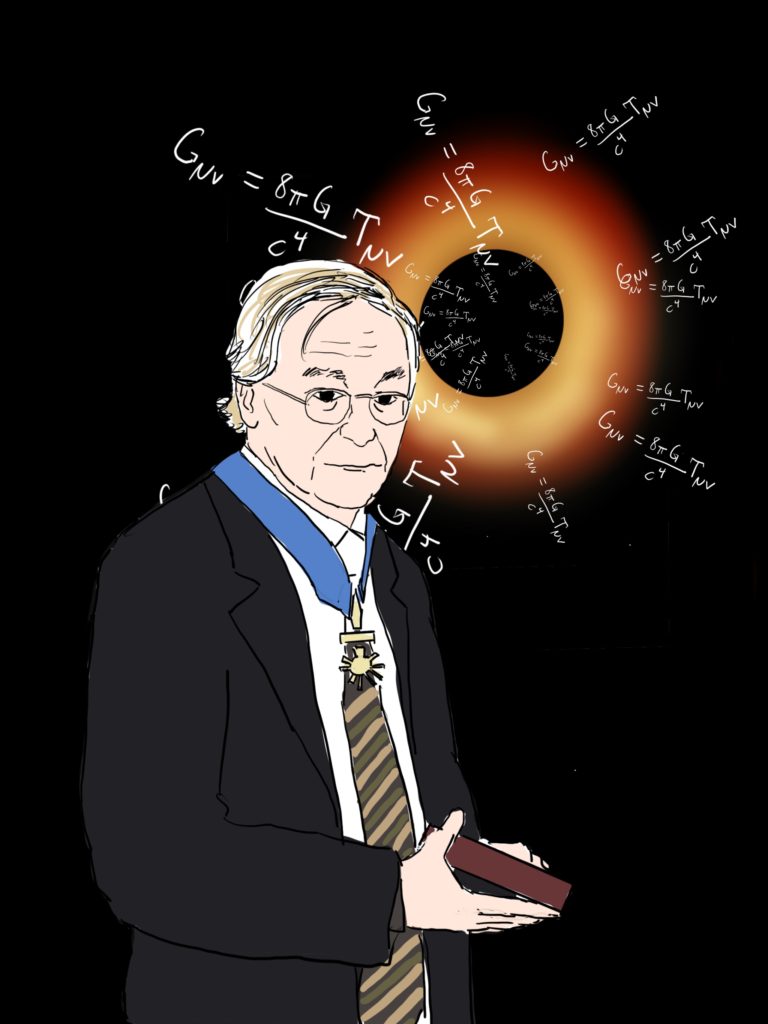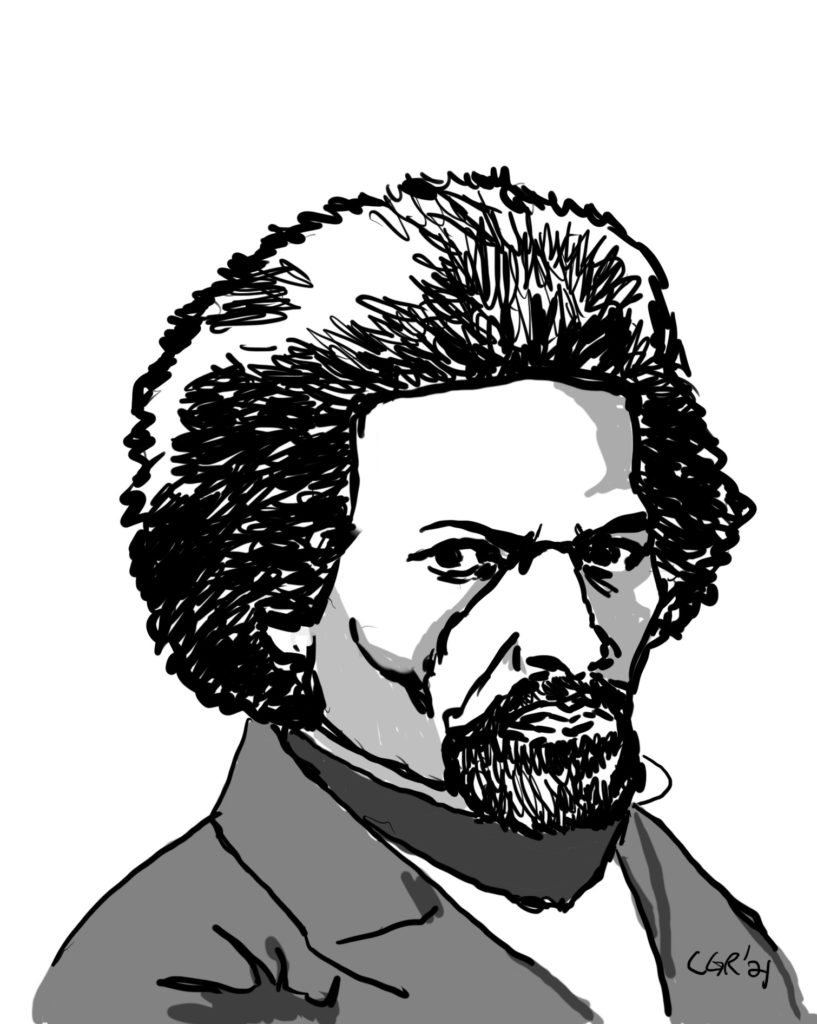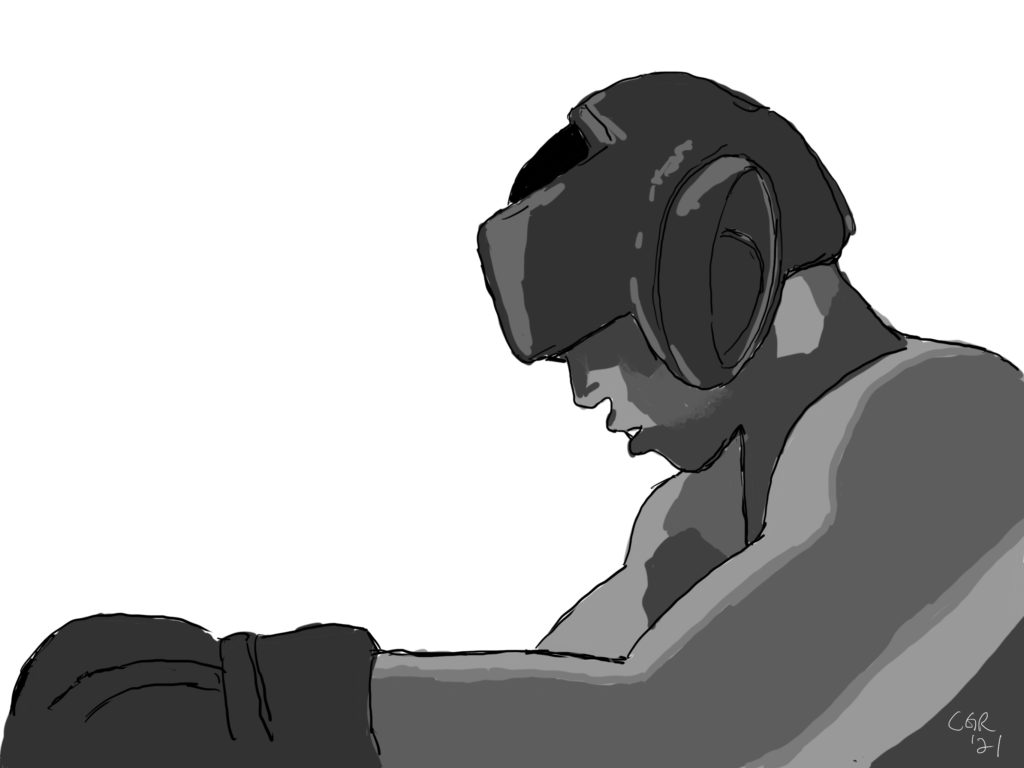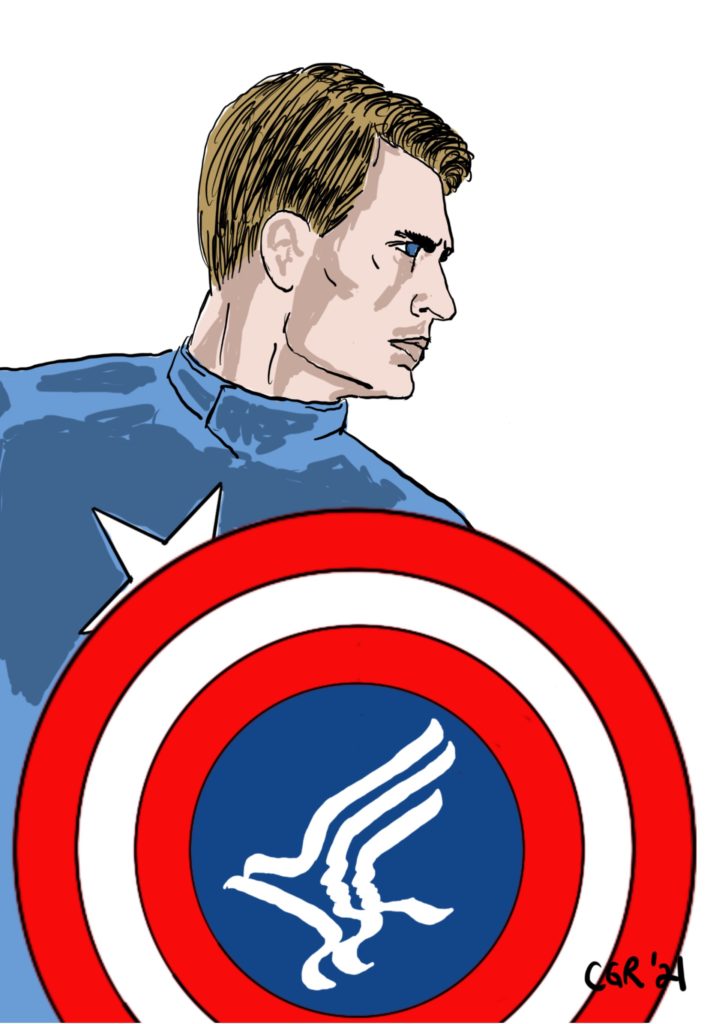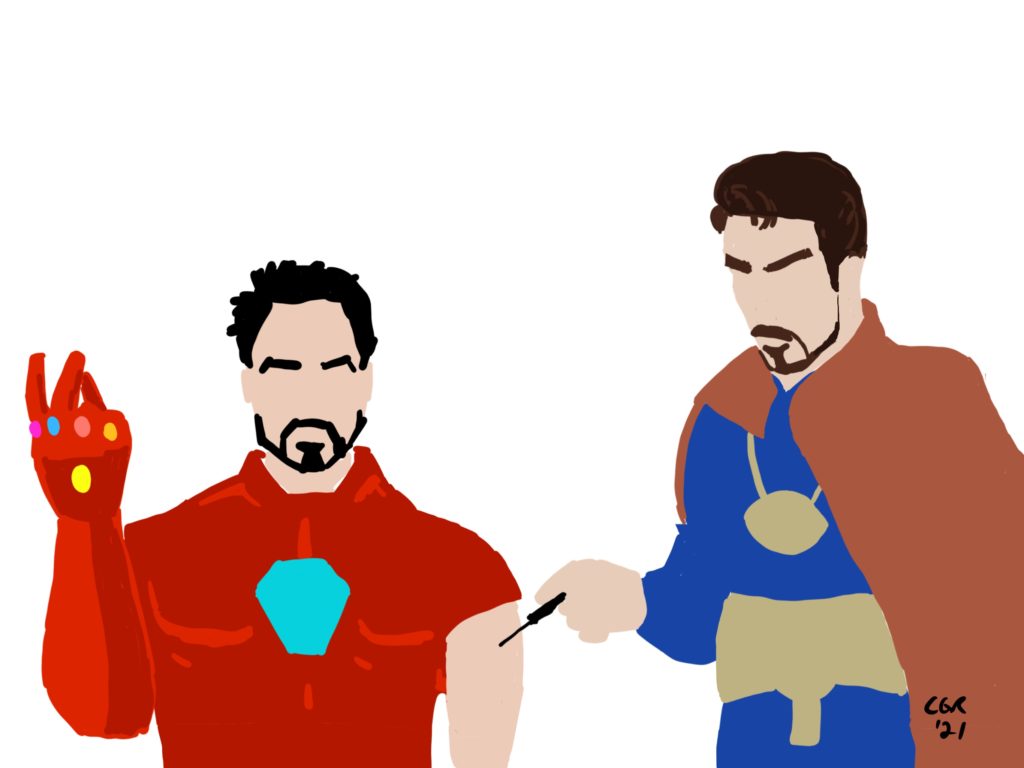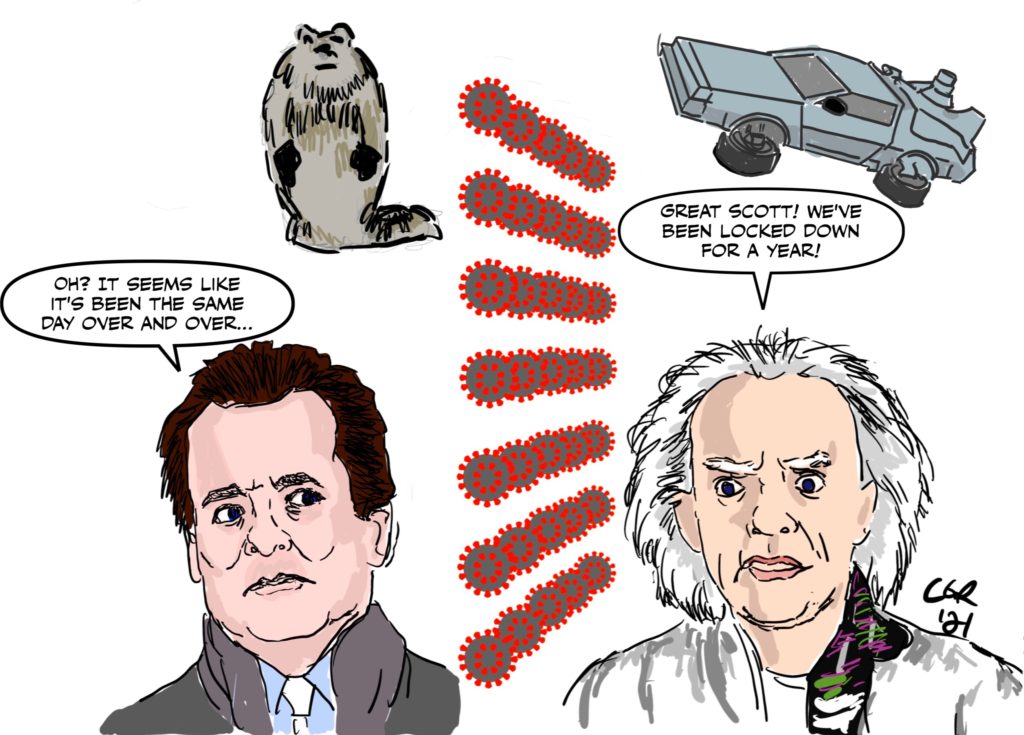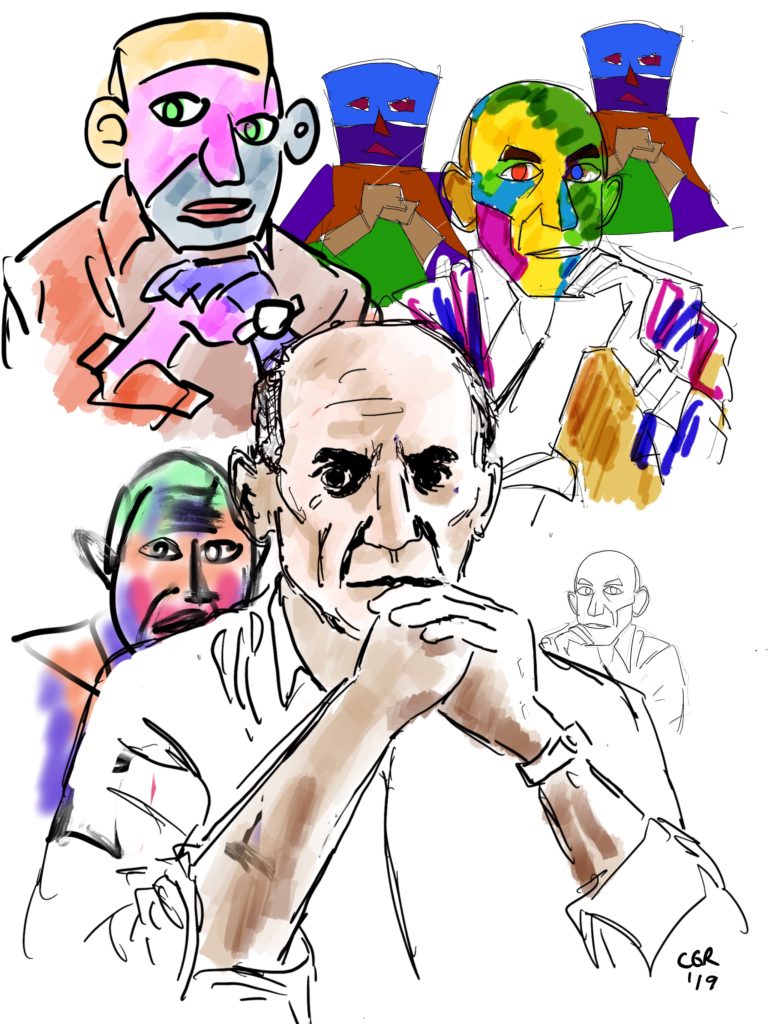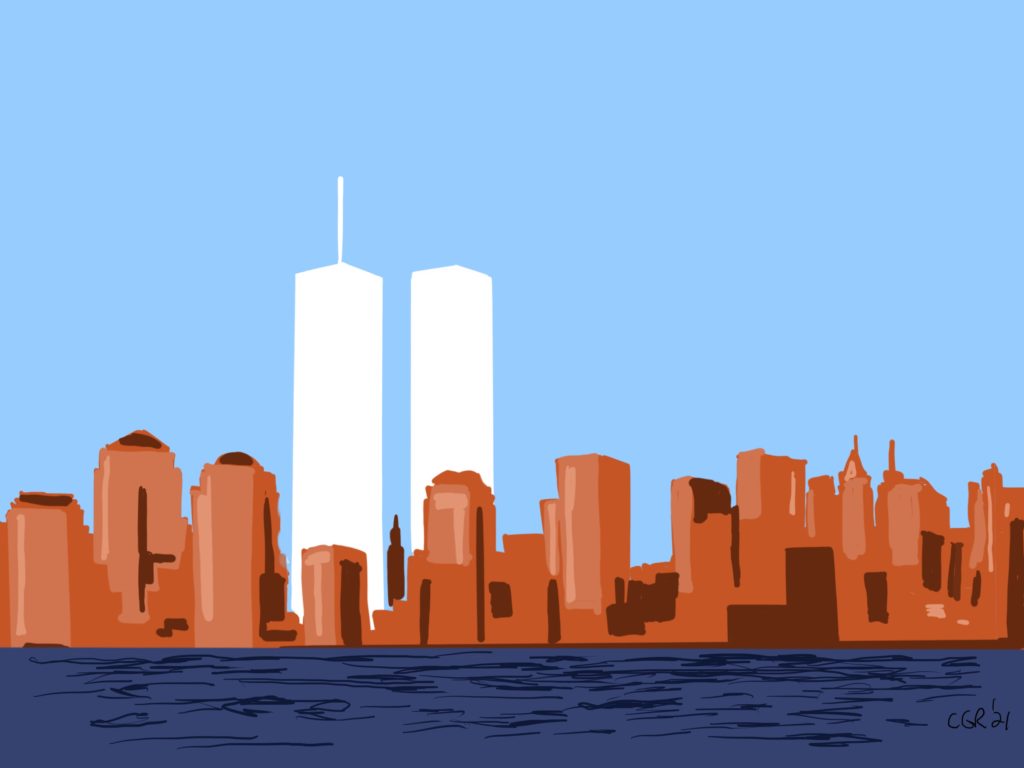
First of all, we should and will remember all the lives lost. More lives lost in a single day than were lost on Omaha Beach on June 6, 1944. For that reason alone, that ground is hallowed ground. If you visit, you’ll feel it. If you’ve visited, you know.
After 20 years, I remember that day very clearly. I’m not the only one. If you are of the right age, I’m sure you do, too.
I was in New York that day, about to go to the World Trade Center when I turned on the television in the morning. The south tower was spewing white smoke, as it had during the original attack eight years before. I wondered why they were showing historical footage. Then I read the caption. It wasn’t historical. It was live.
It was a Tuesday. I remember that the skies were a clear blue. There was a hint of the impending fall in the air.
I remember the utter shock of watching what once seemed impregnable collapse to the ground as if it were made of sand. After the shock, there was fear and after the fear, anger. But, mostly, I felt sadness and heartache. Too many lost their lives. Many more lost loved ones. But all of us lost something that day.
I remember feeling comfort watching American fighter jets patrol New York’s skies, knowing that they wouldn’t allow any other attacks to succeed that day or any other day to come. The military deployed to the City. Men and women with heavy weaponry and the American flag on their shoulders roamed the streets. And we were all right with that.
I remember that you could smell the ashes for weeks after and from miles away.
I remember the righteous anger. The Special Forces landed, soon followed by tens of thousands of troops. We were all sure that they would avenge us and and mete out just punishment.
But out of all these memories, what I always want to remember is the unity we all felt. E pluribus unum came true. From the Pacific to the Atlantic, across the majestic plains of the midwest and from north to south, we came together. New York City felt like a small village, where everyone knew each other, and the whole country felt like a small town, where everyone supported each other.
Twenty years later, with the country as polarized as it is over clear life and death issues, it would be good for all of us to remember that there once was only an “us”, not an “us” and a “them.”

